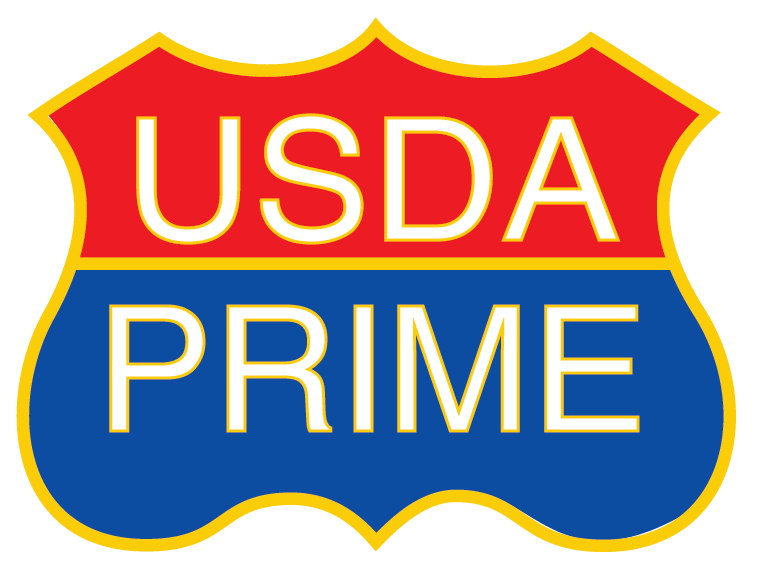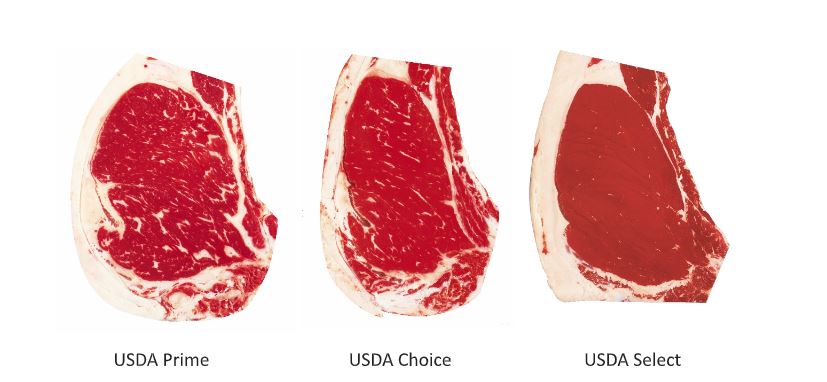Walking up to a meat counter can be a daunting experience, even for the most experienced grocery purchaser. A person could get flustered and starry-eyed quickly between the various types of protein and the endless cuts of meat and topped off with the overwhelming number of label claims. Label claims, in particular, are a tricky space to navigate as not all labels have thorough oversight or regulation from a governing body, and sometimes a label can be nothing more than a sticker to attract an unsuspecting purchaser. We are fortunate in the United States to have a governing body to keep our food safety and quality systems in check. The United States Department of Agriculture (USDA) operates two distinct branches with unique responsibilities: the Food Safety and Inspection Service (FSIS) and the Agricultural Marketing Service (AMS). FSIS focuses on the inspection and safety of food during processing, while AMS audits various agricultural commodities and sorts them into categories based on quality. Official USDA quality grades can be found in various agricultural products, including meat like beef, lamb, and poultry, as well as products like butter and eggs. The USDA grade shields are a reputable symbol of American agriculture products and assure us that, as consumers, the food products we buy have been reviewed by graders and auditors following the official grade standards maintained by AMS. Grade shields can be seen in color or black and white.

While inspection is mandatory in facilities that intend to resell their meat products, quality grading is optional. Yet, most significant packers and larger processors will pay for the service as quality grades largely determine the market value of the meat. In the context of beef, quality grades also predict our eating experience based on the amount of marbling or flecks of fat present within the cut of meat itself, not on the surface. This intramuscular fat is also called marbling in the industry. Fat is a critical part of our eating experience because it delivers a warm, buttery flavor, and marbling plays a role in our perceived tenderness and juiciness of meat because of the mouthfeel and lubrication effect fat has in our mouth. So, a steak with a lot of marbling is more likely to deliver a delicious, juicy and tender bite. Foodservice and retail customers will pay more for a positive eating experience. Thus, higher-quality carcasses are worth more to the packers and suppliers selling the raw product. In facilities that choose to pay for the grading services provided by the AMS, trained USDA inspectors utilize well-established methods to assign quality grades to young beef carcasses. Those grades are USDA Prime, Choice, Select or Standard. USDA Prime is the highest quality grade in the U.S. system and contains the most marbling, followed by Choice, then Select and finally, Standard, which has the least amount of fat. Beef carcasses are graded before being fabricated for wholesale or retail cuts. A USDA grader will evaluate a specific part of the carcass, known as the 12th rib break or rib eye, to assess the amount of marbling present in the muscle. Combined with the animal’s physiological age, this assessment allows the grader to assign a grade to the carcass. Graders have camera technology to assist them, providing a high level of consistency and accuracy across plants and companies.

With this knowledge, we can have high confidence in USDA Quality Grade labels and understand what we purchase!



